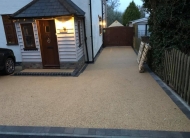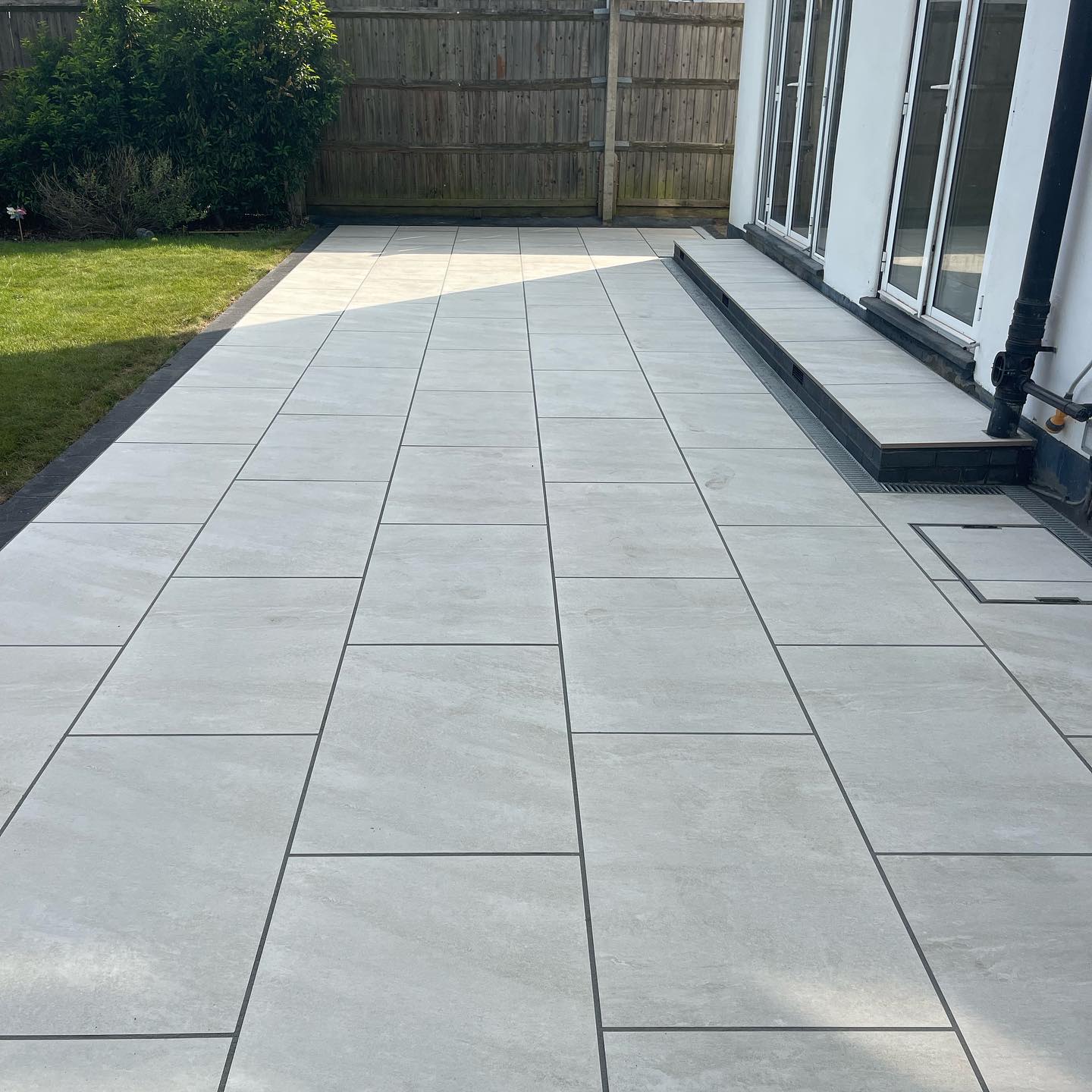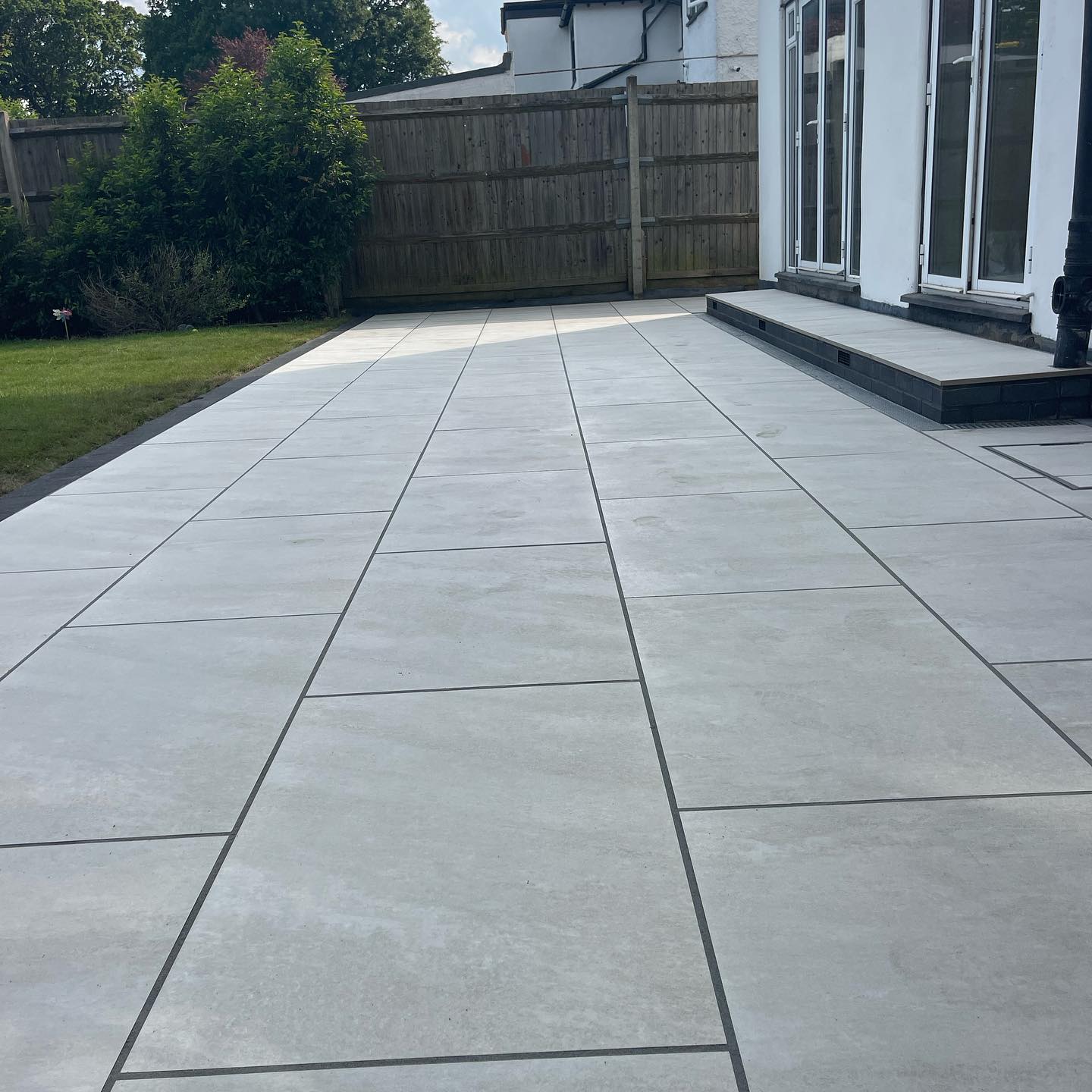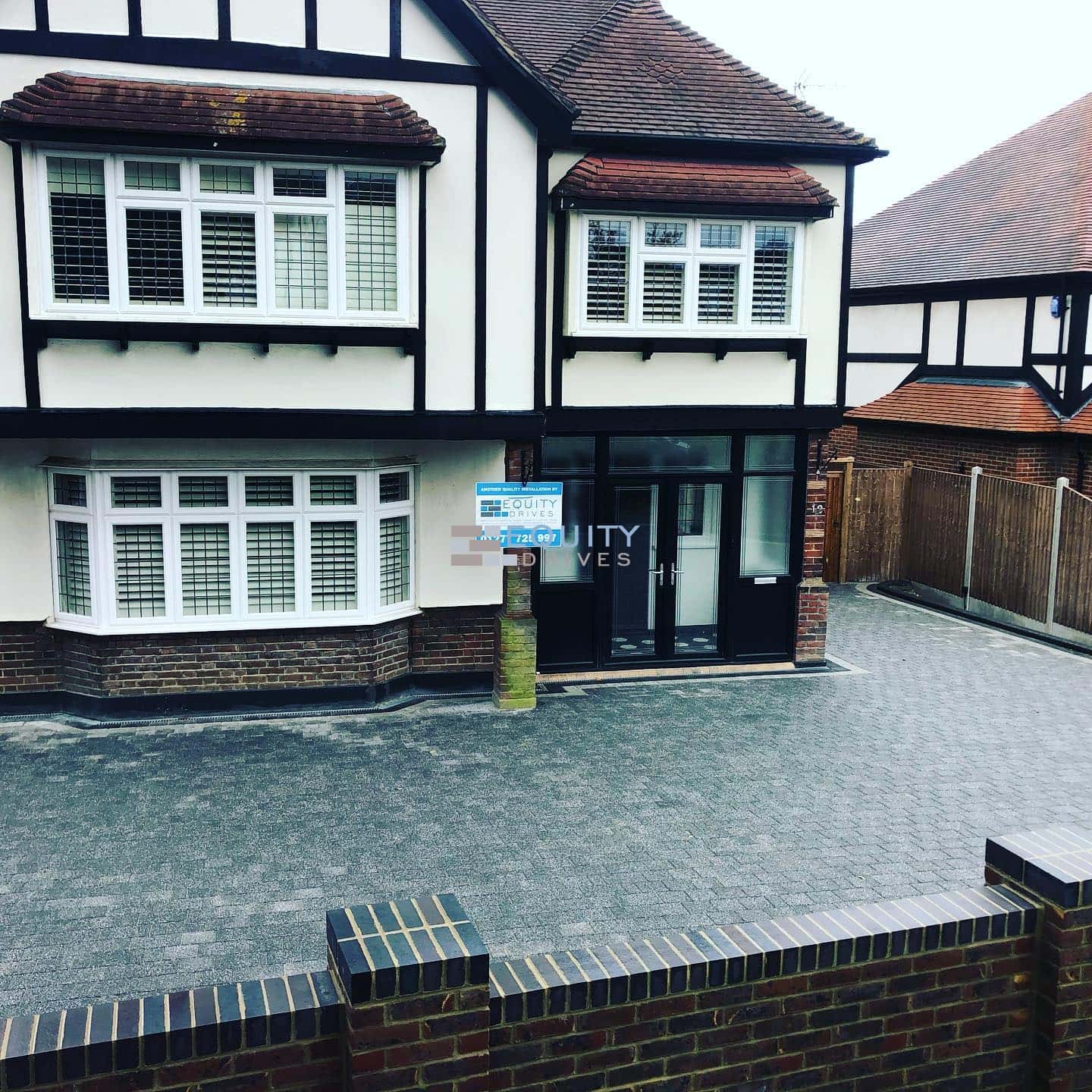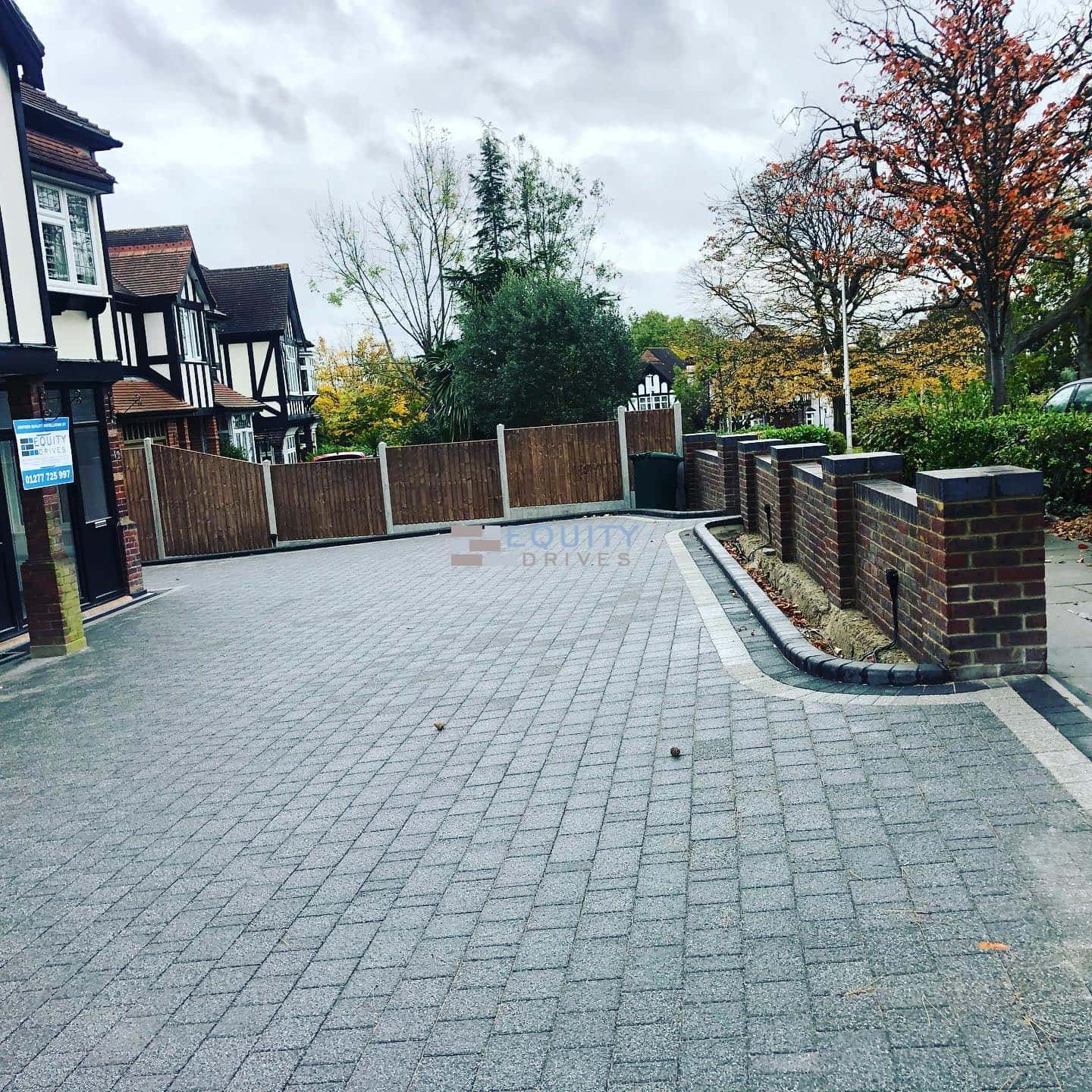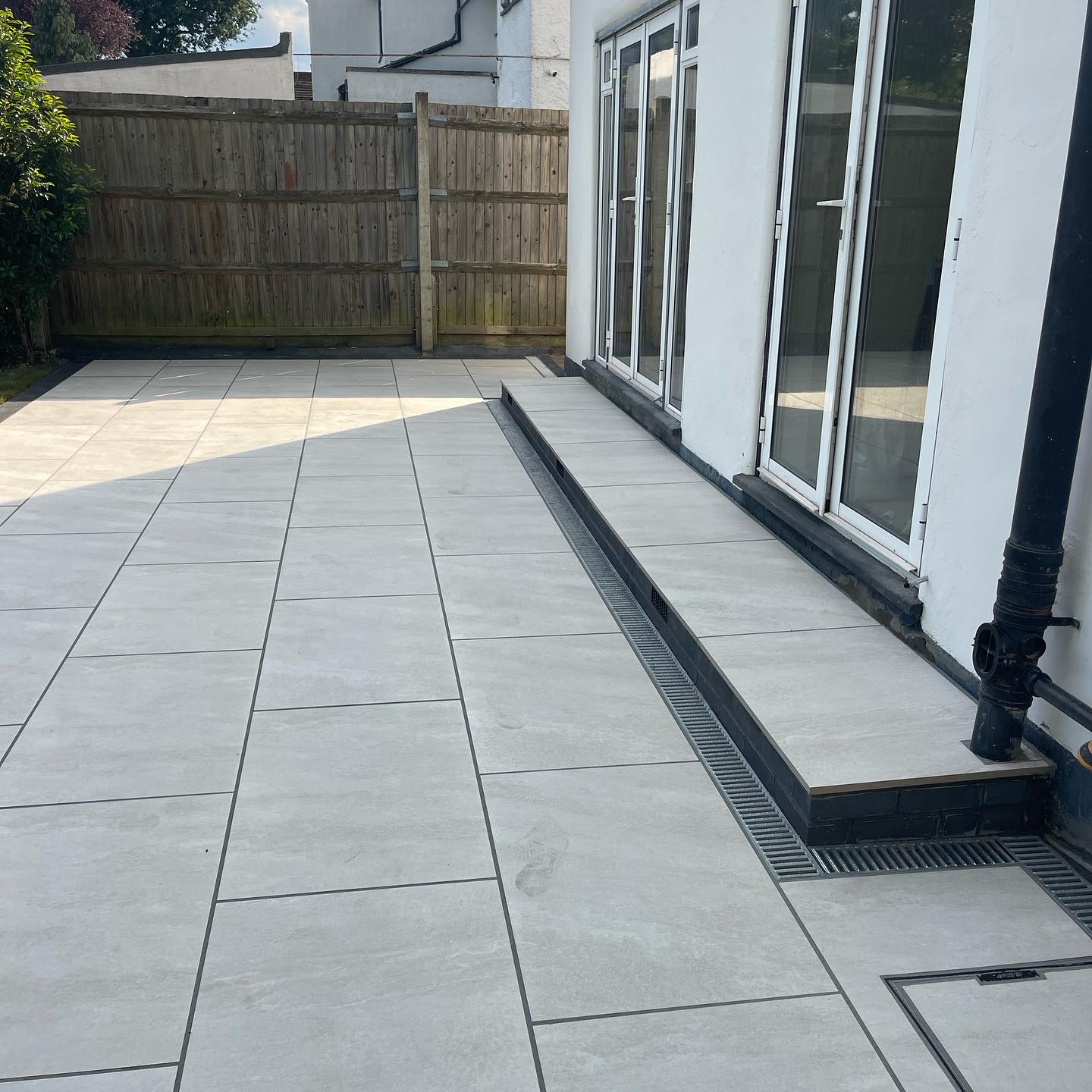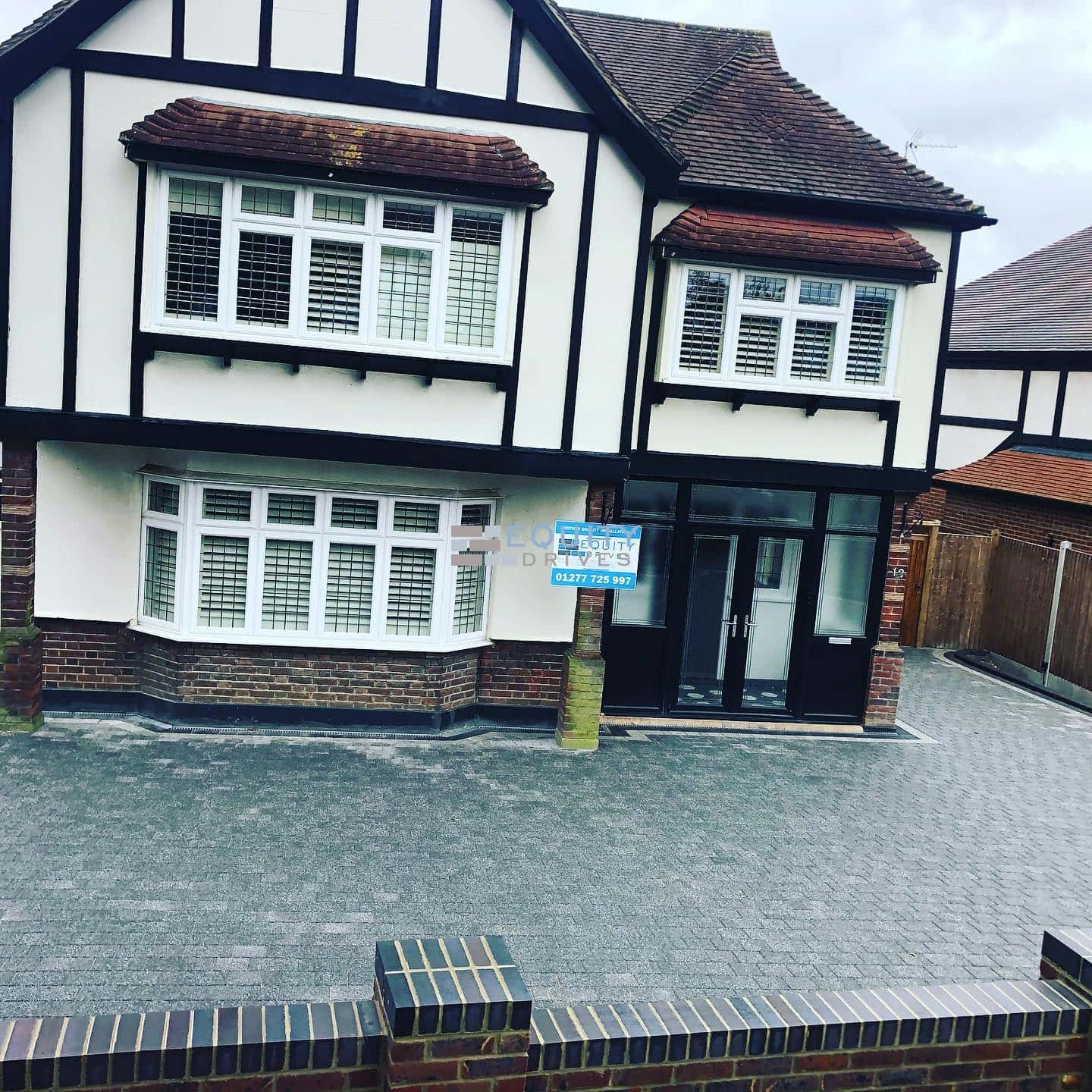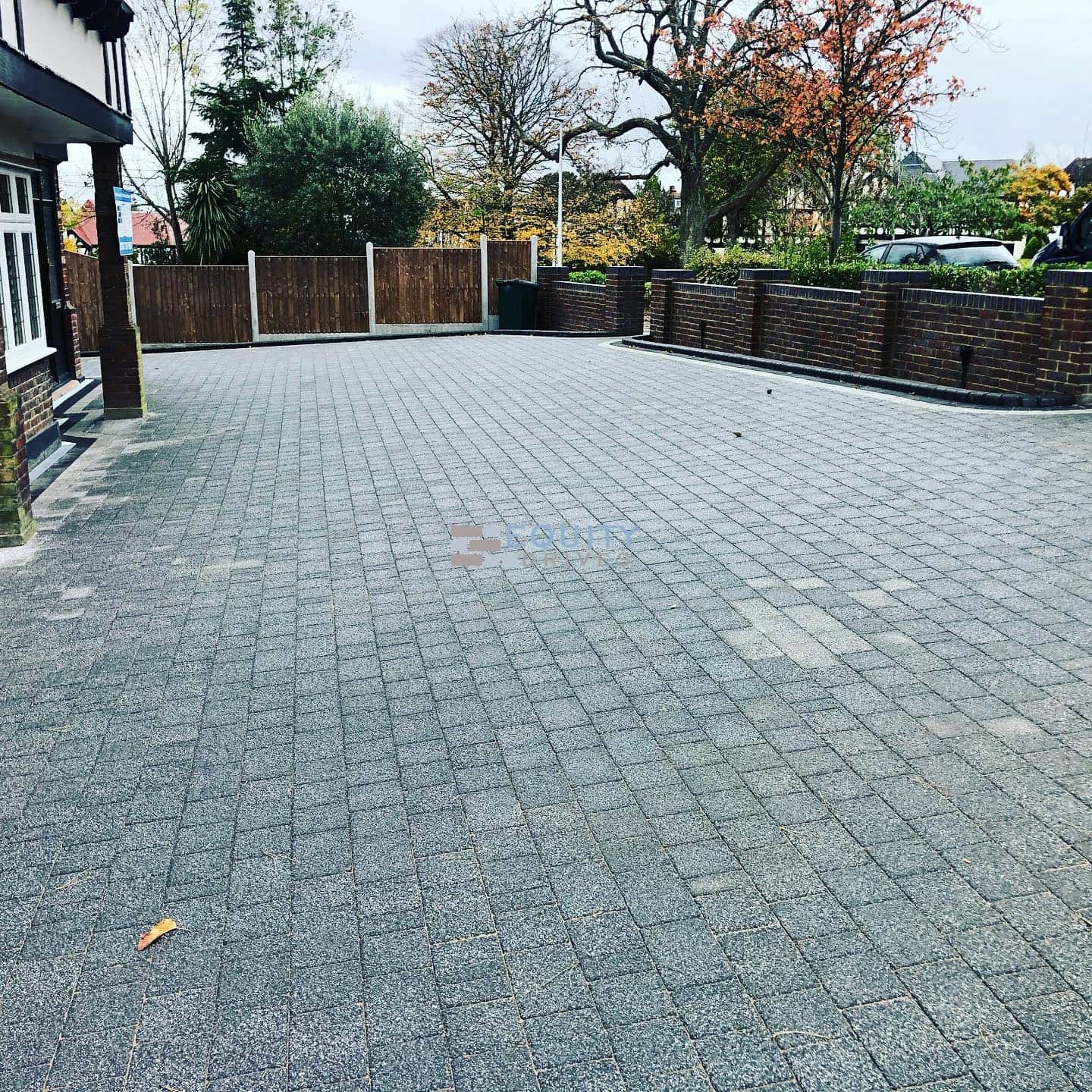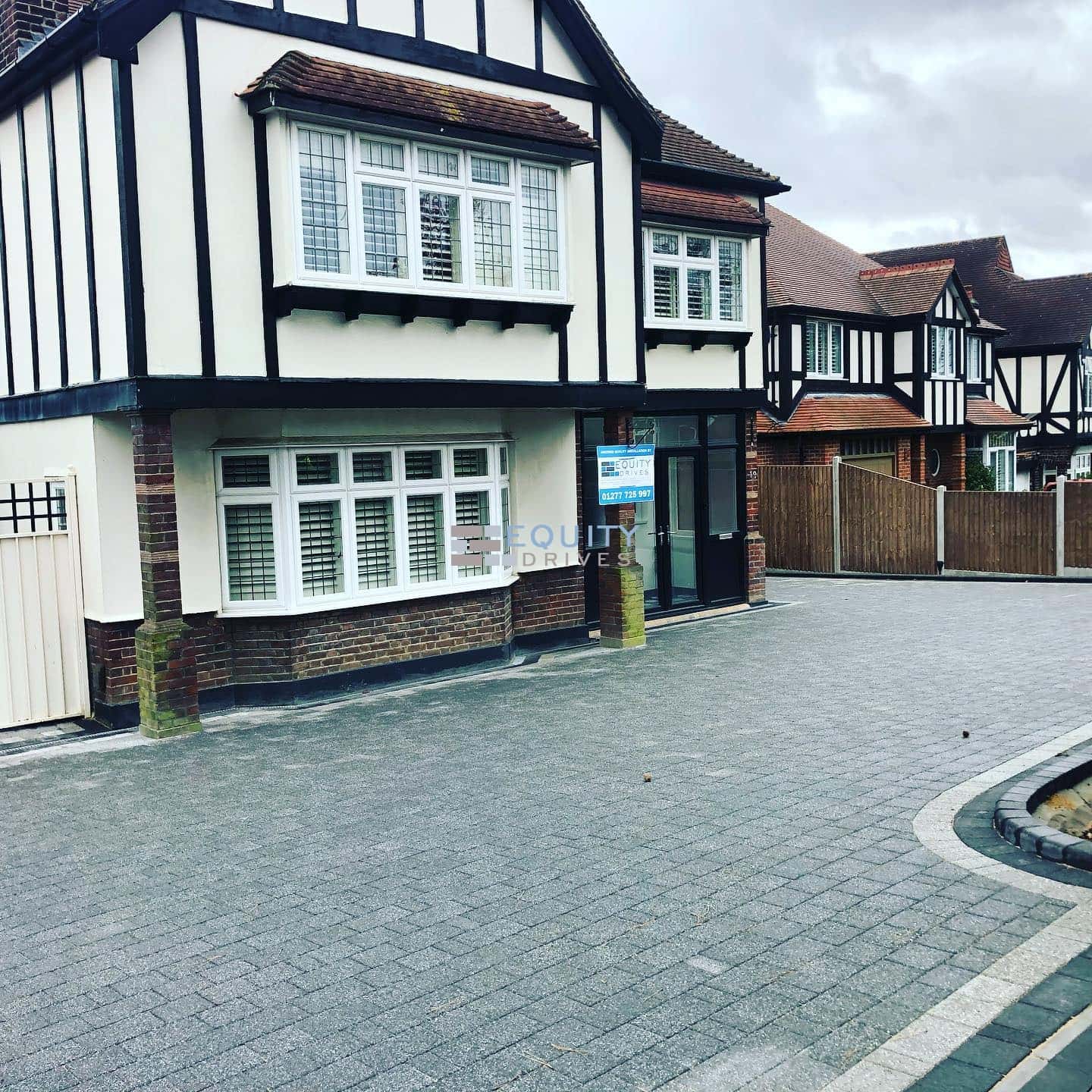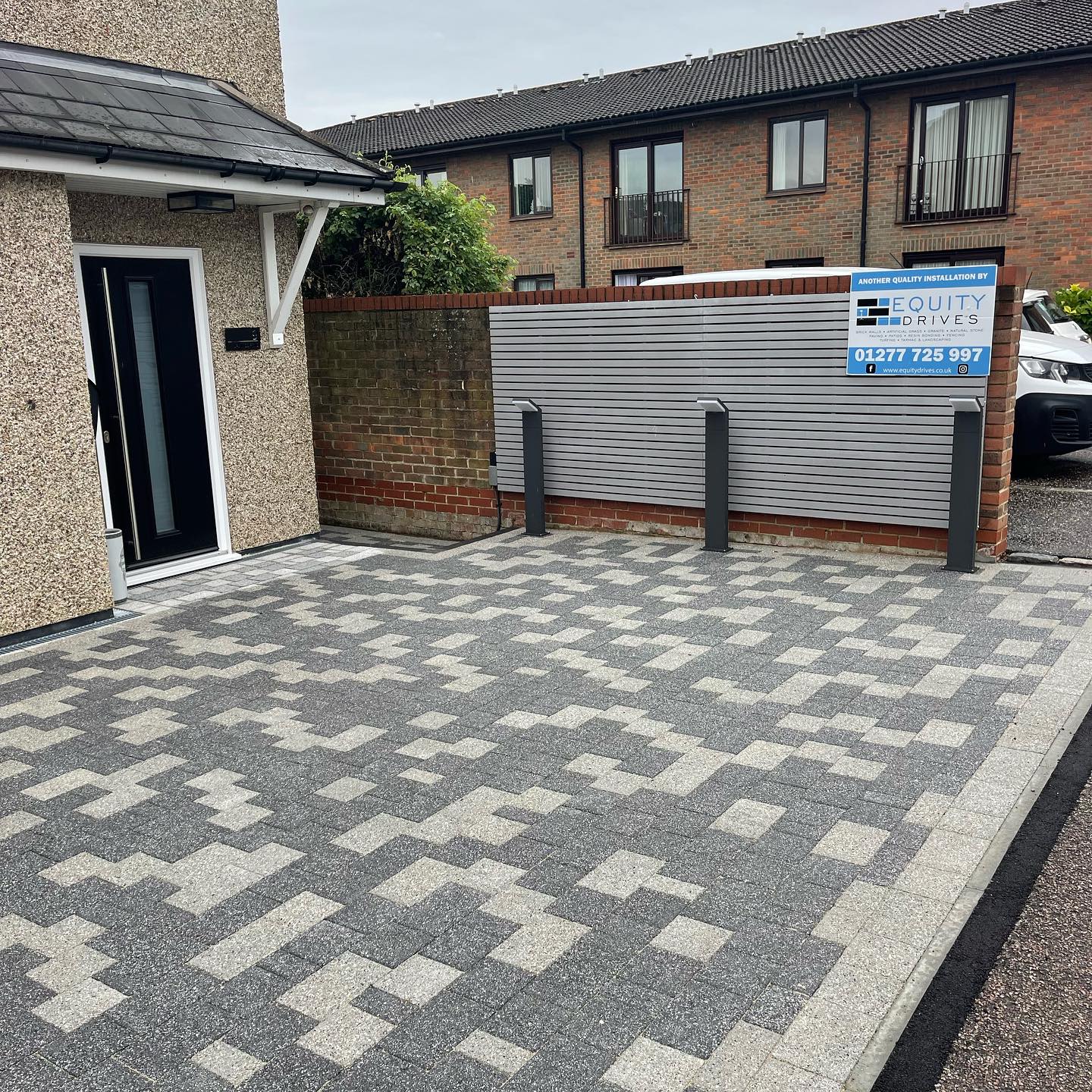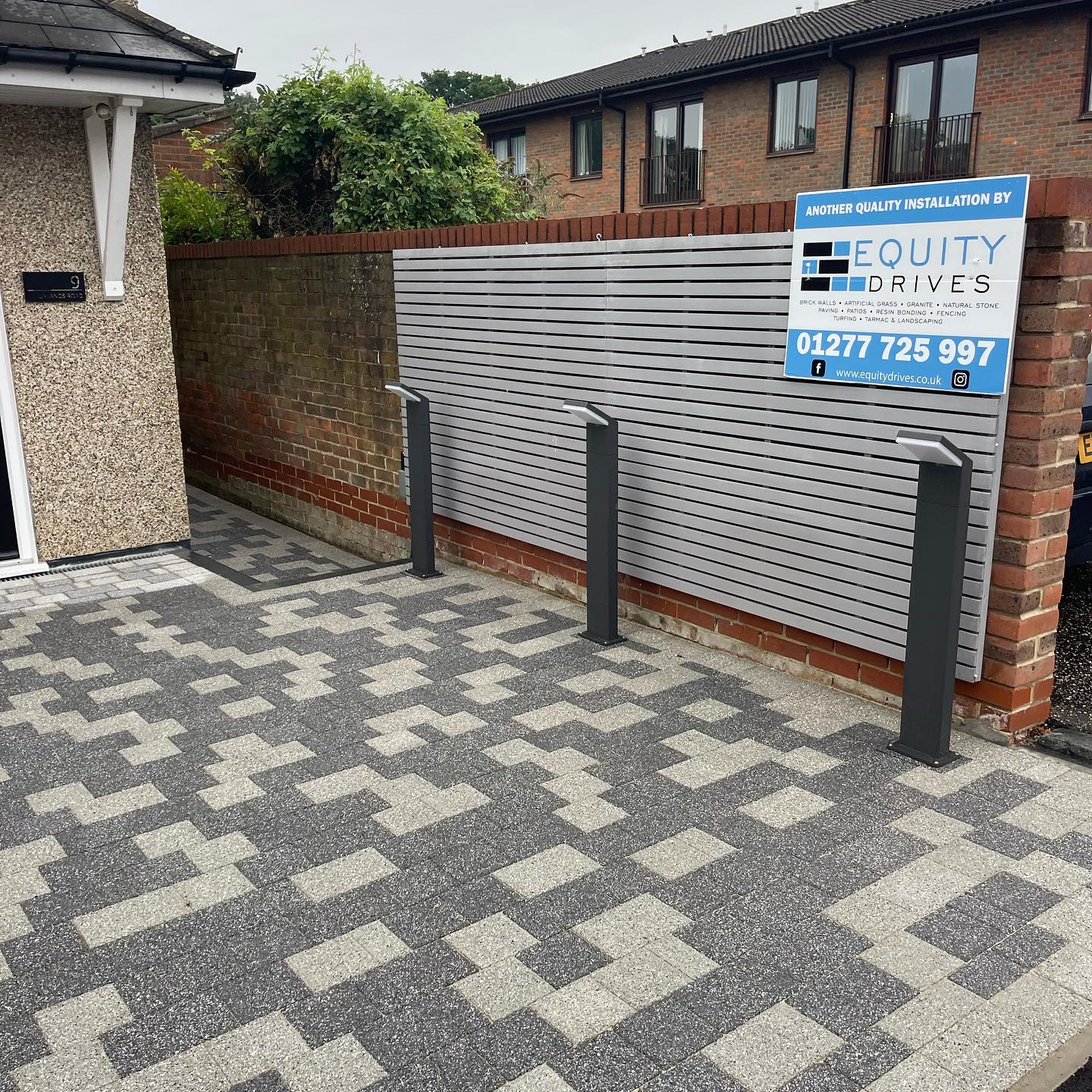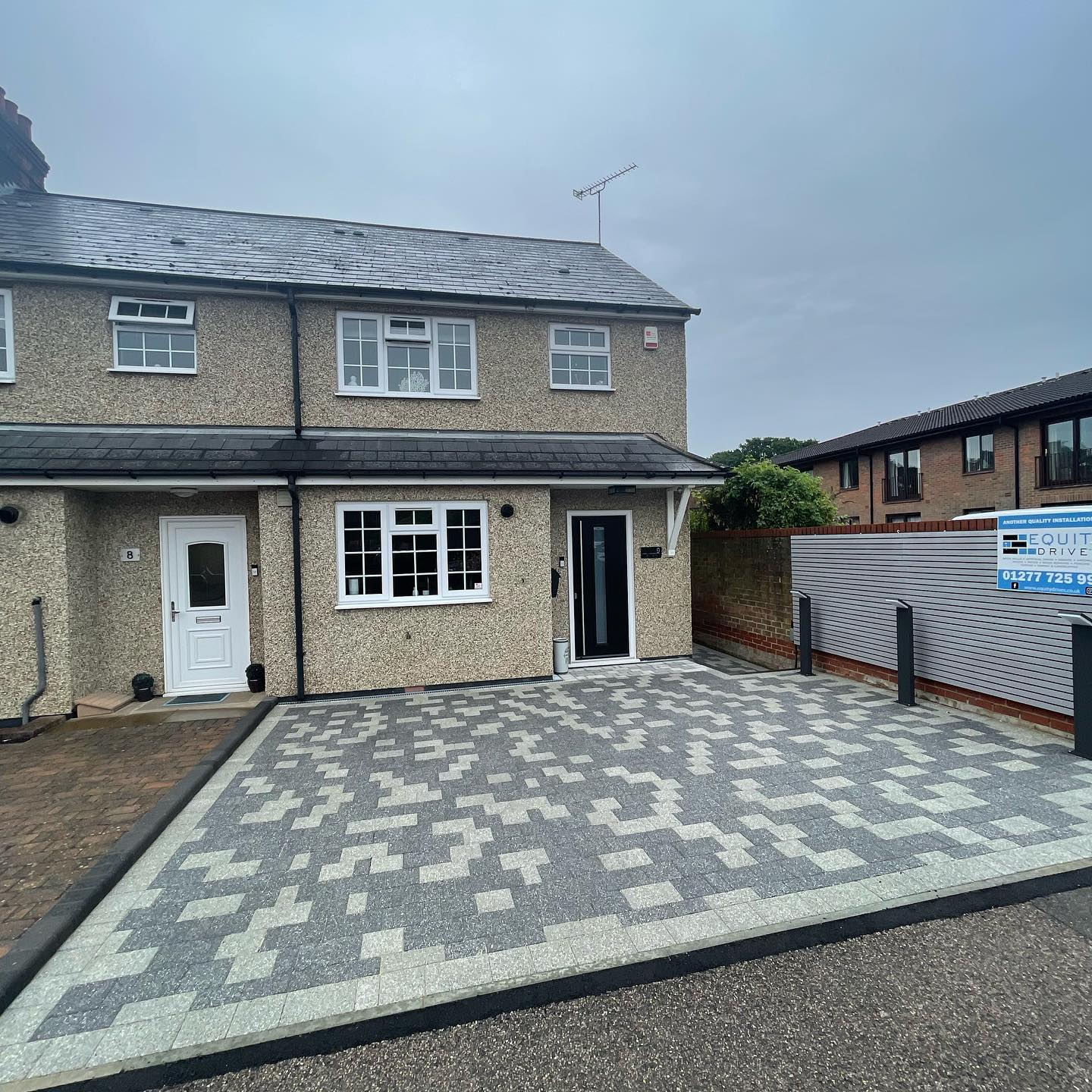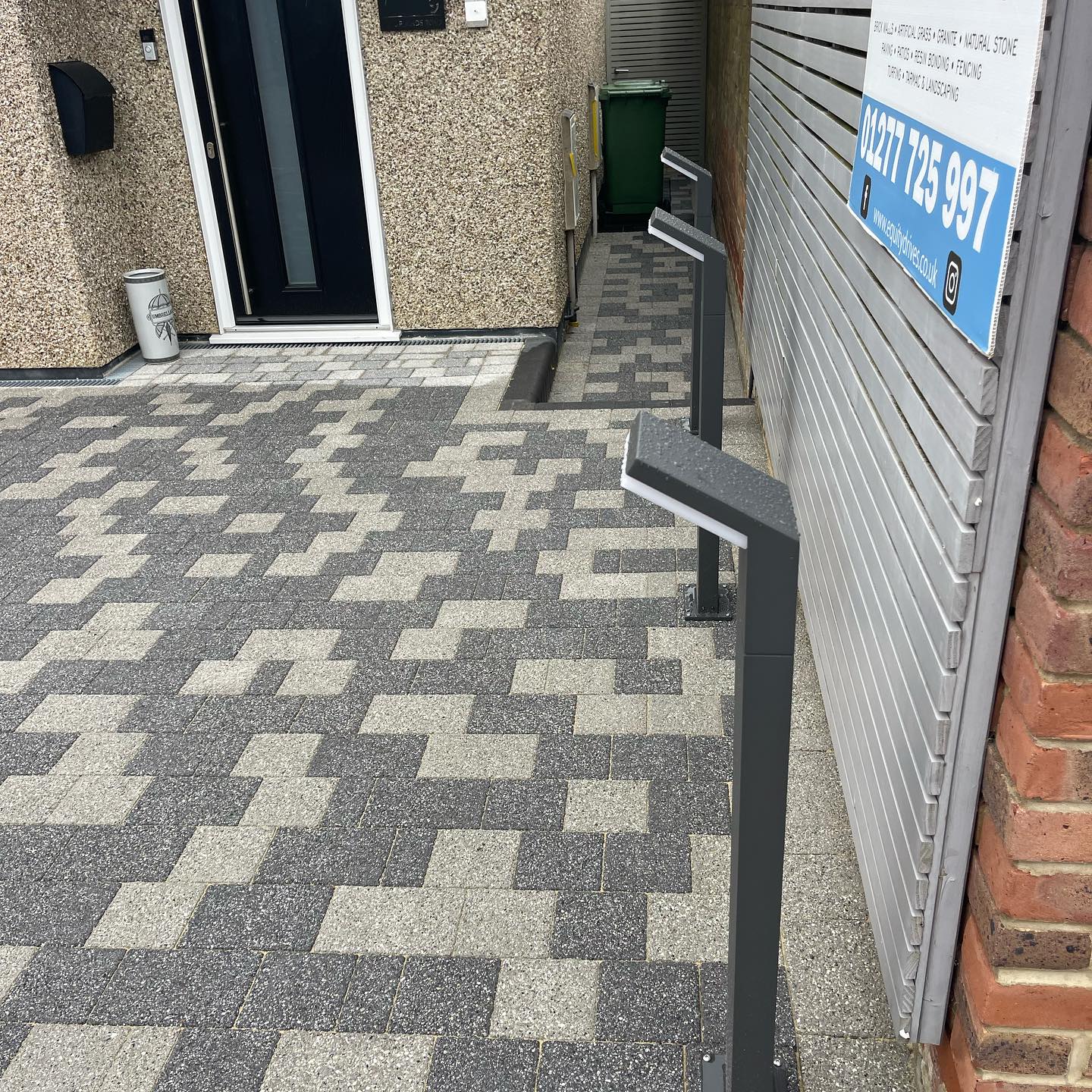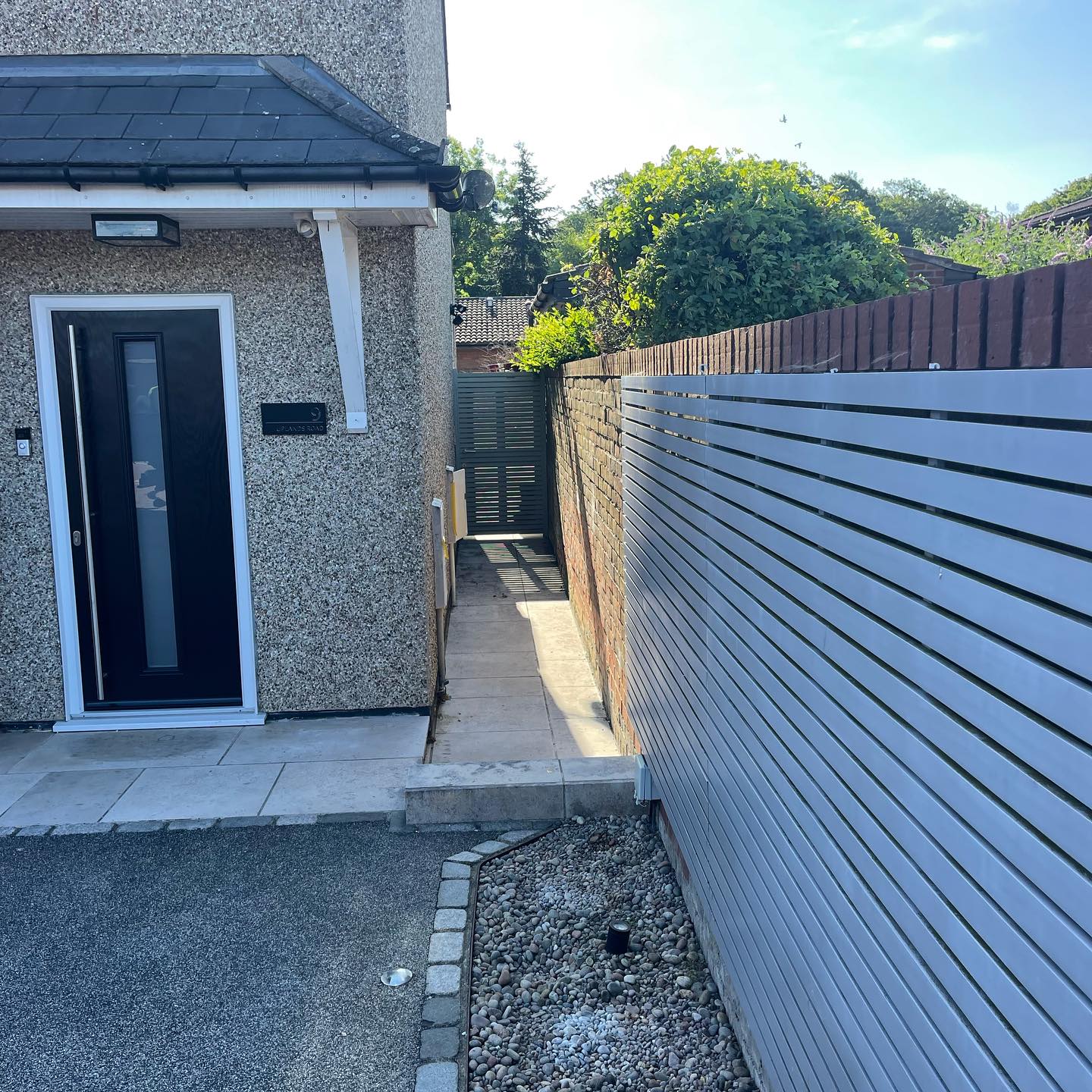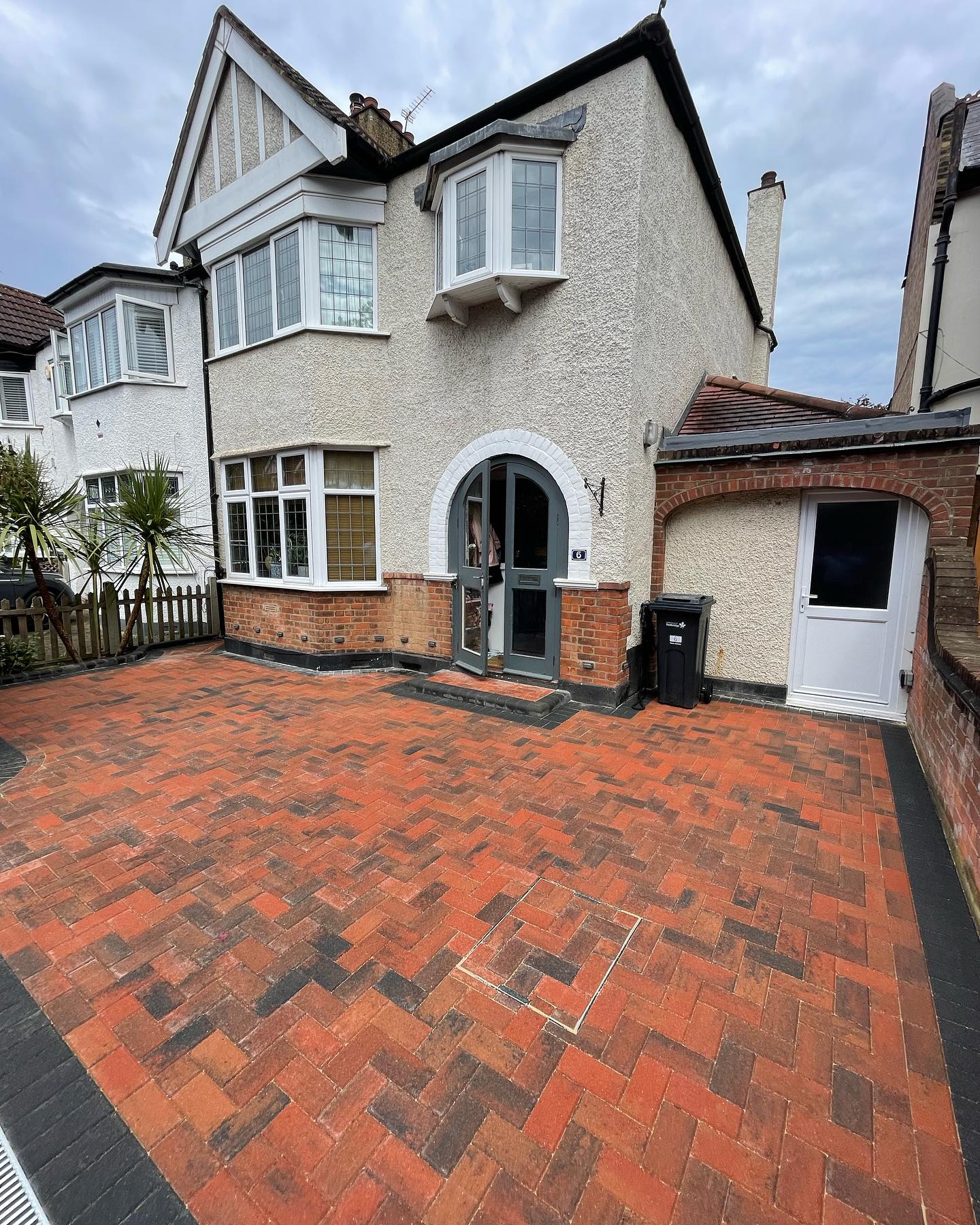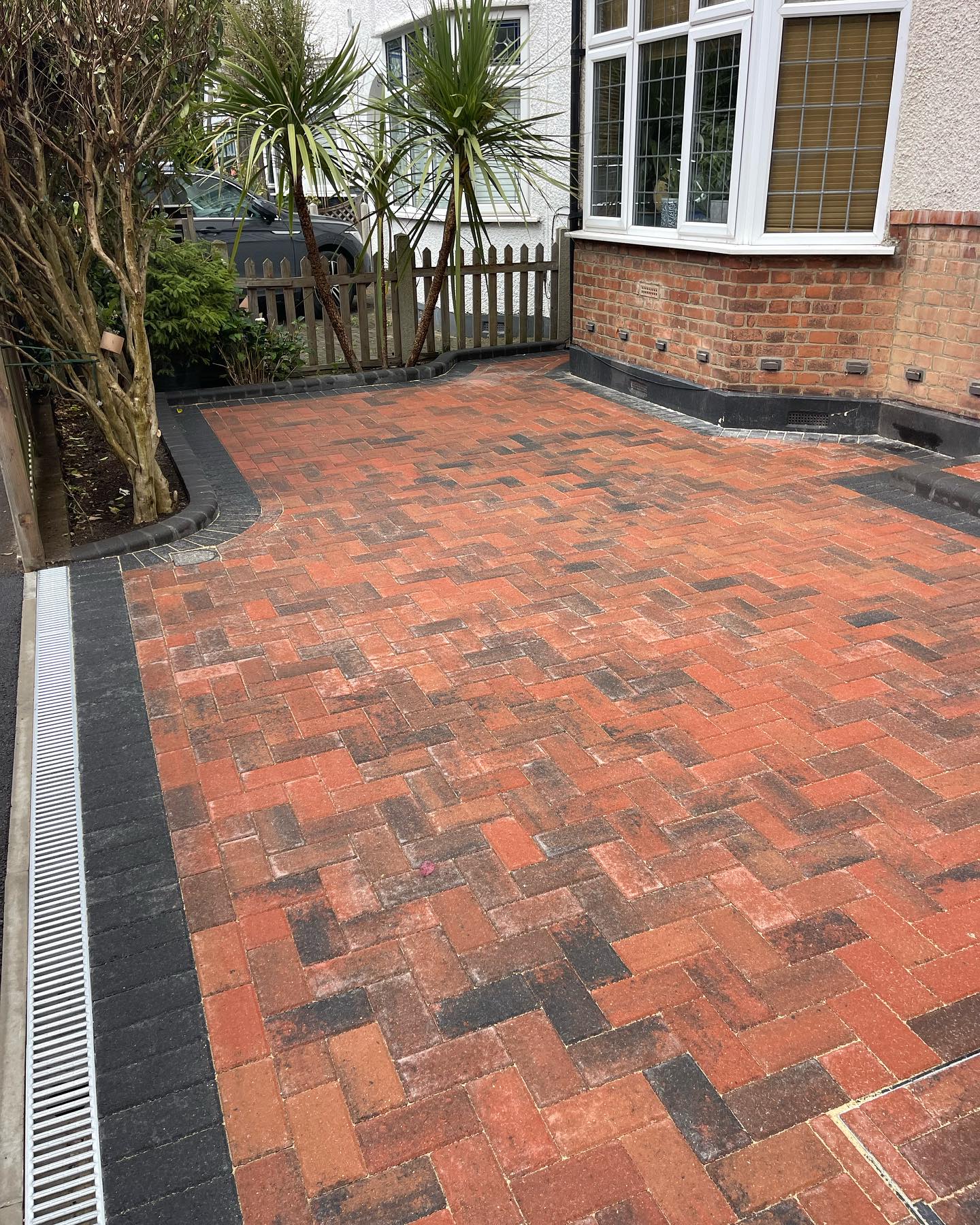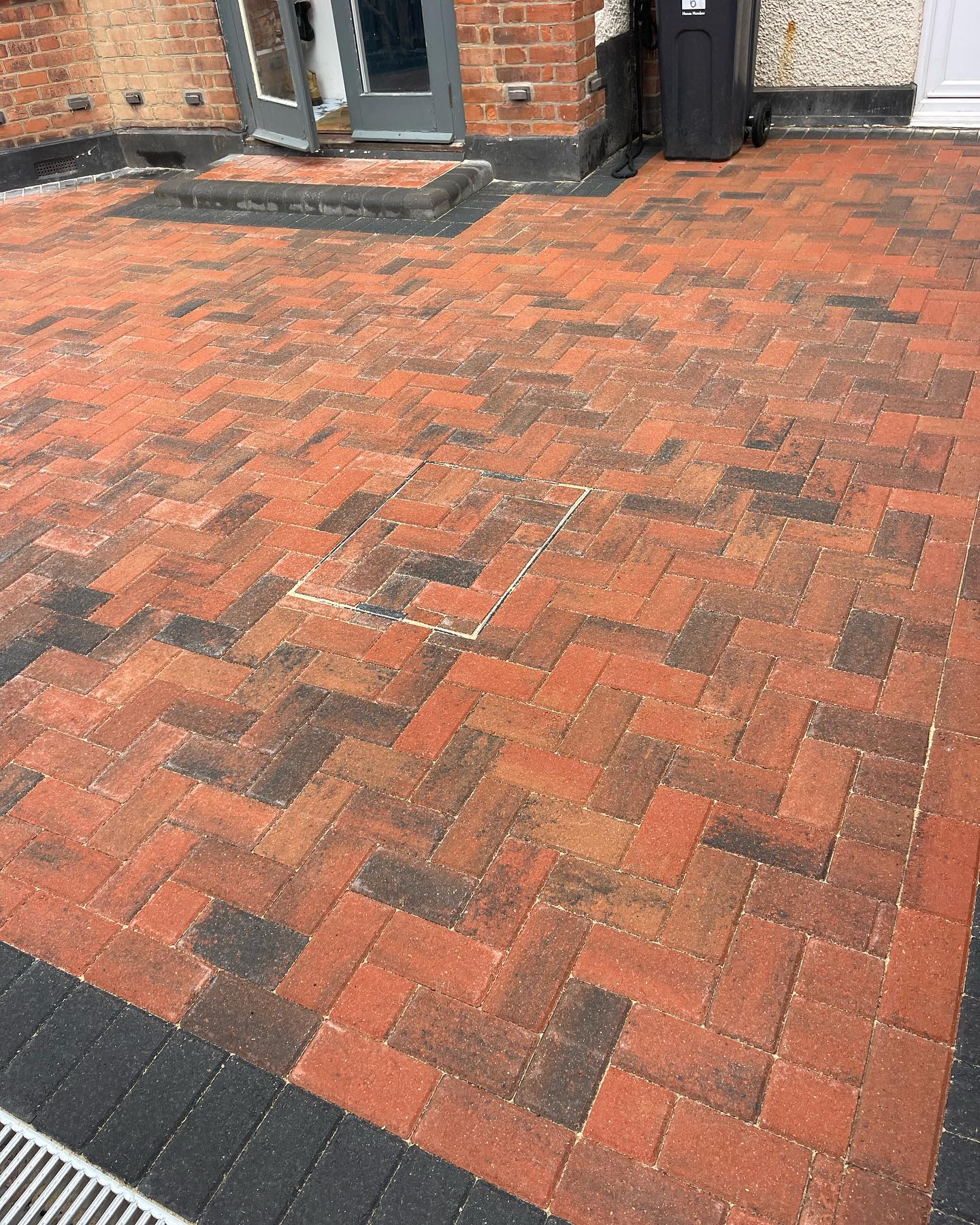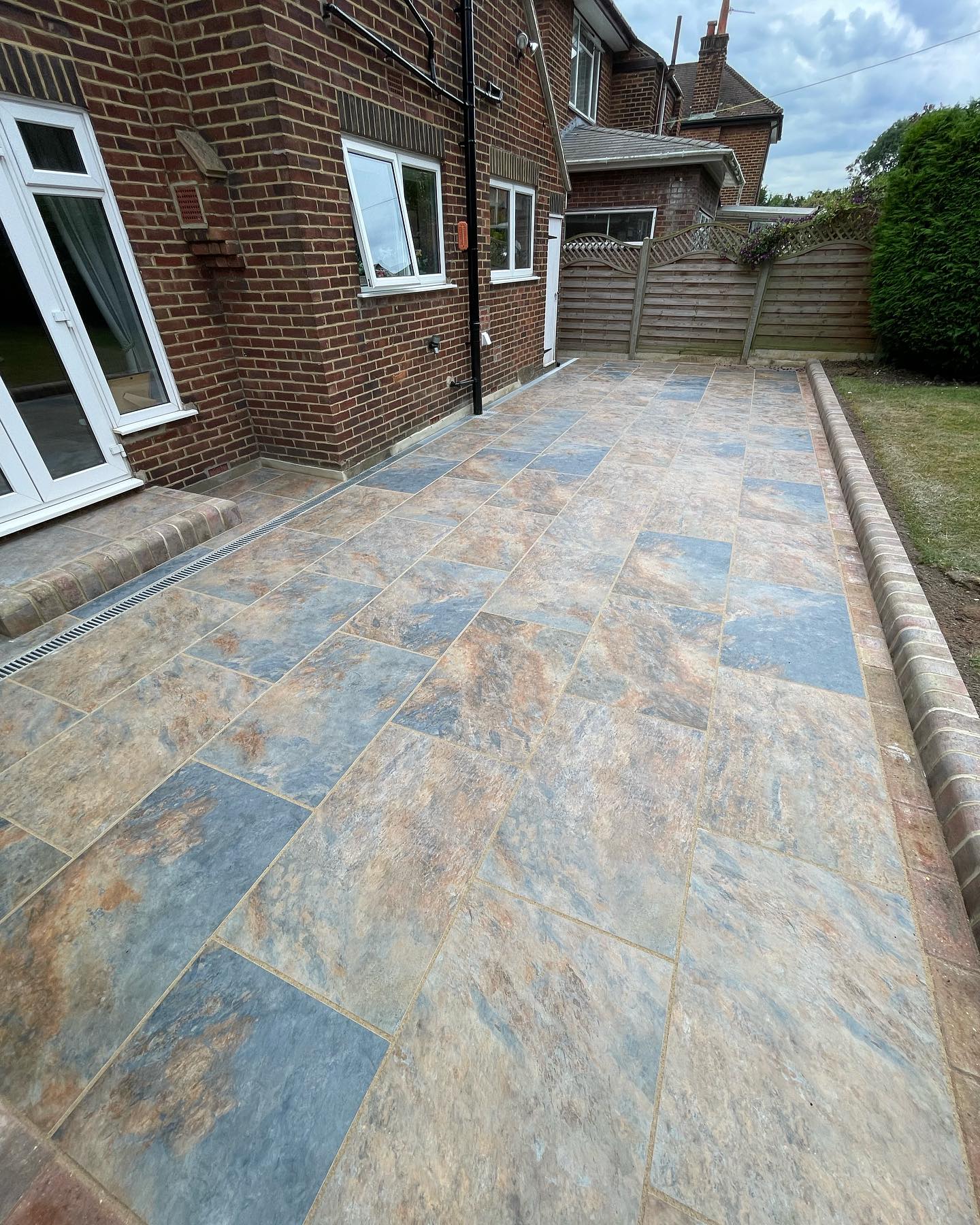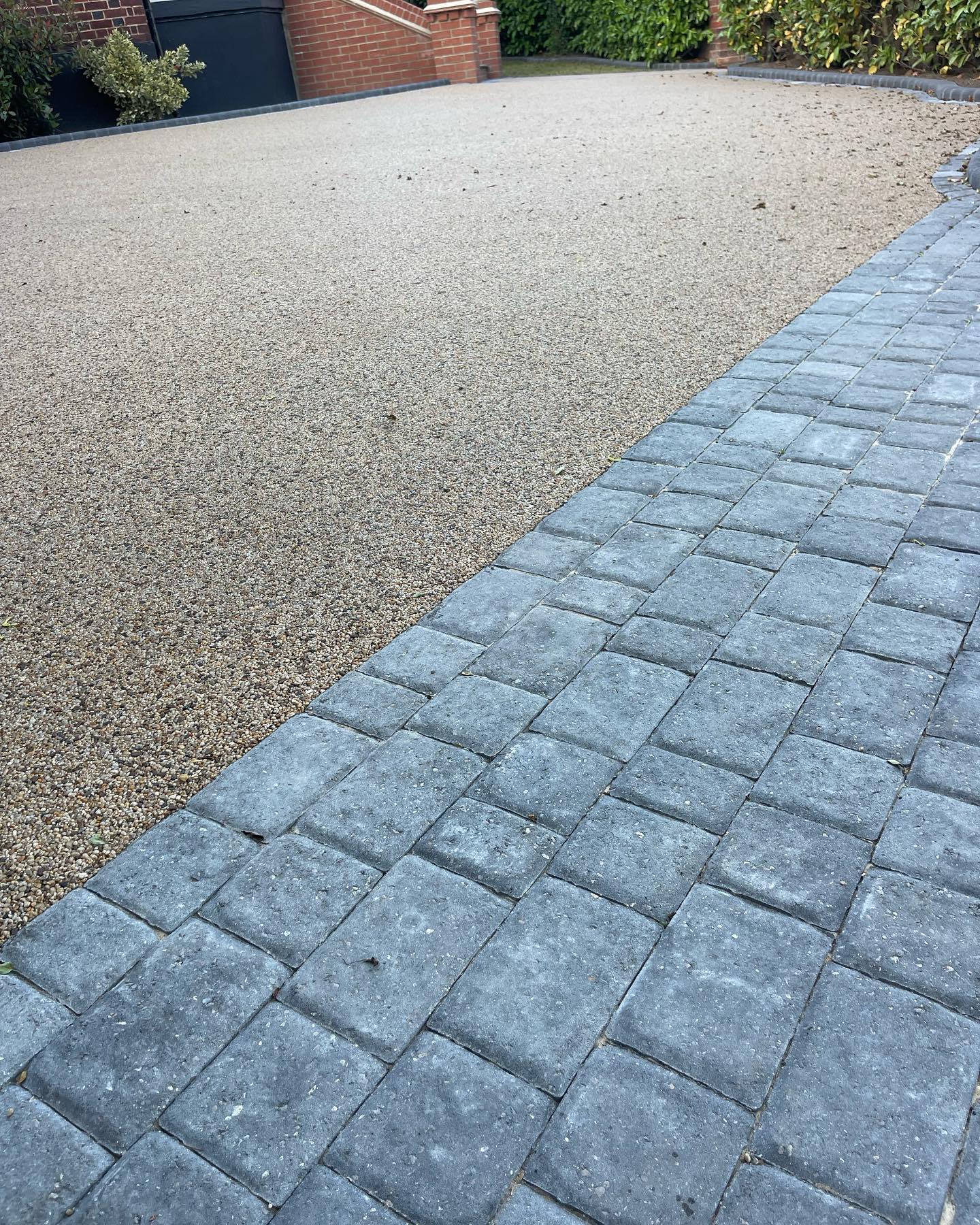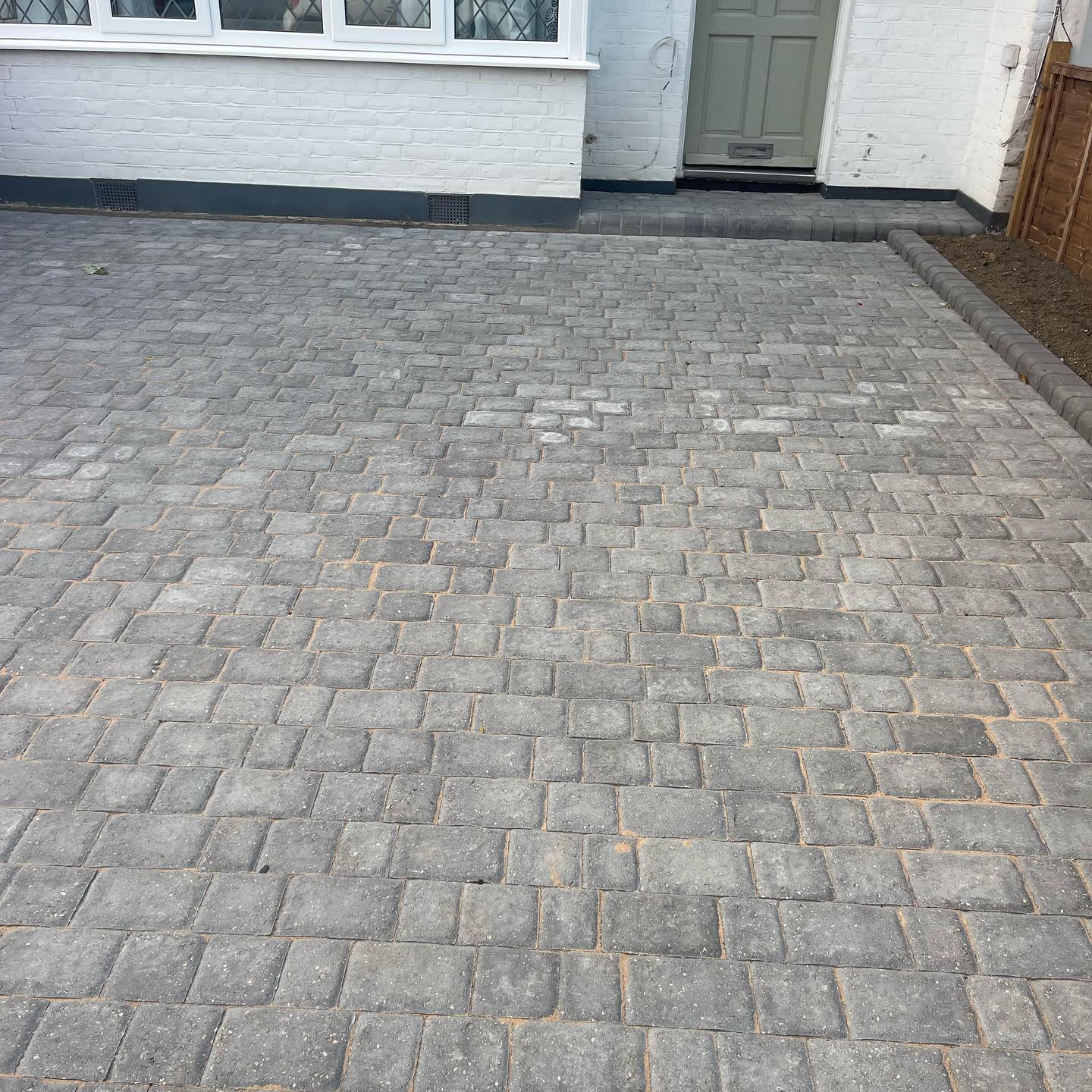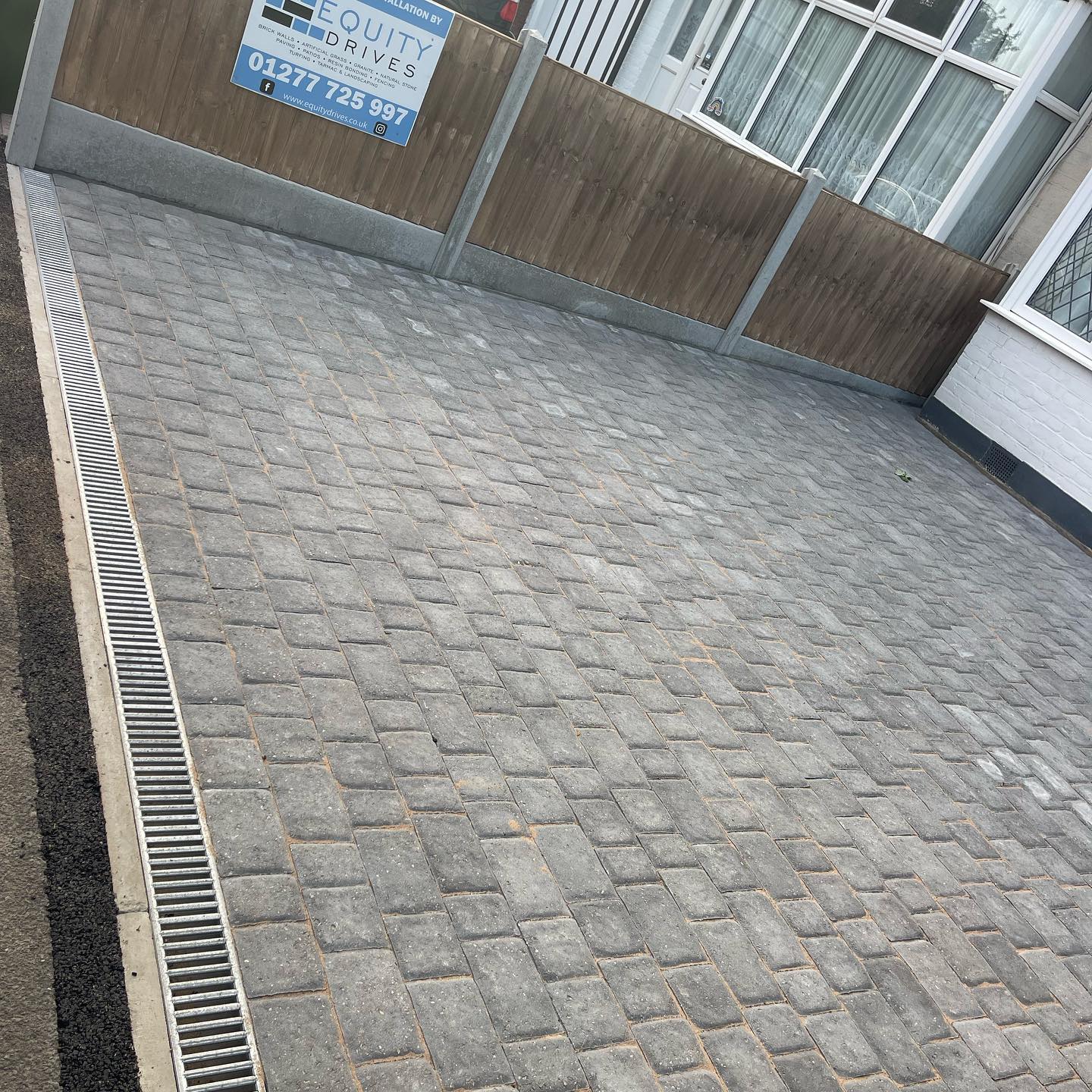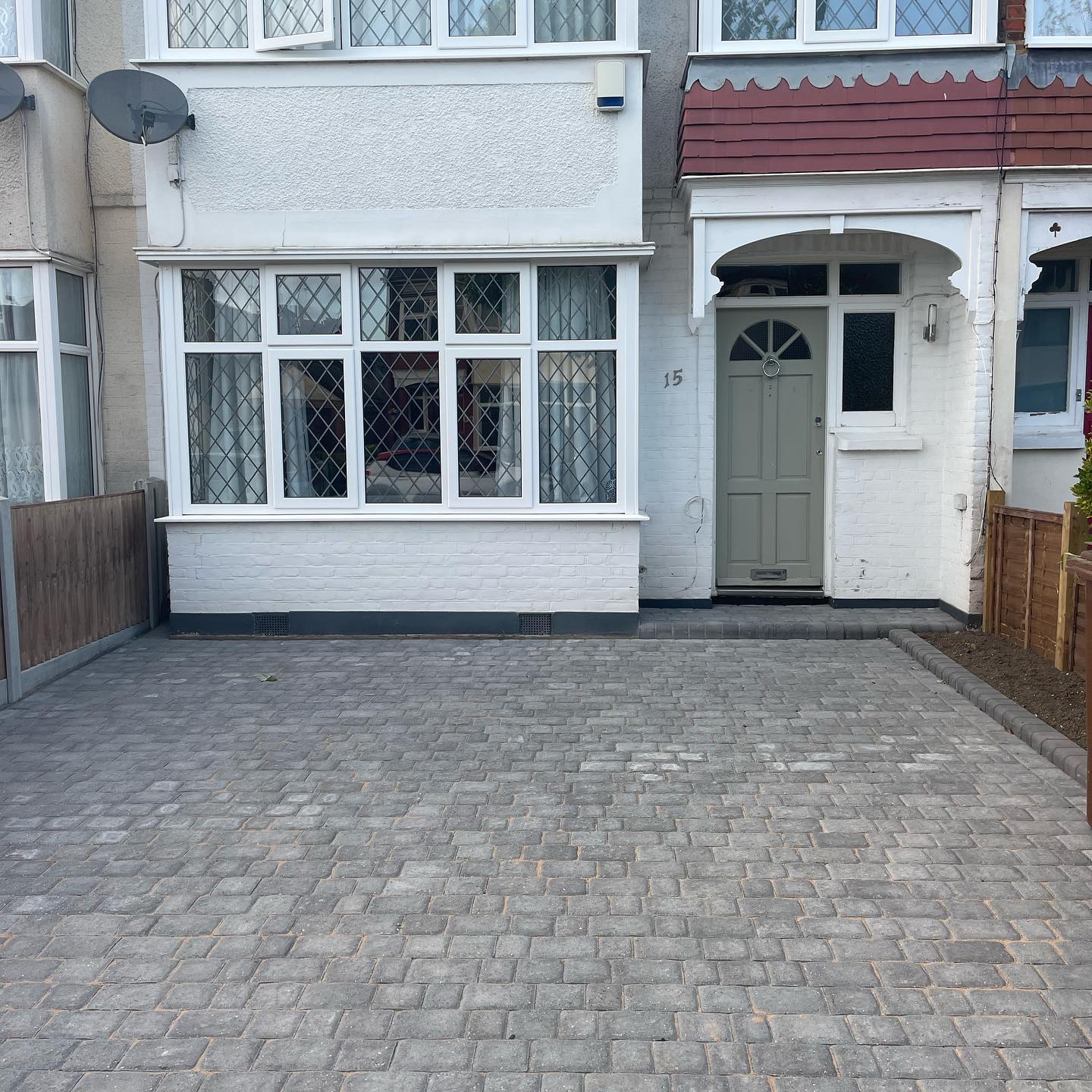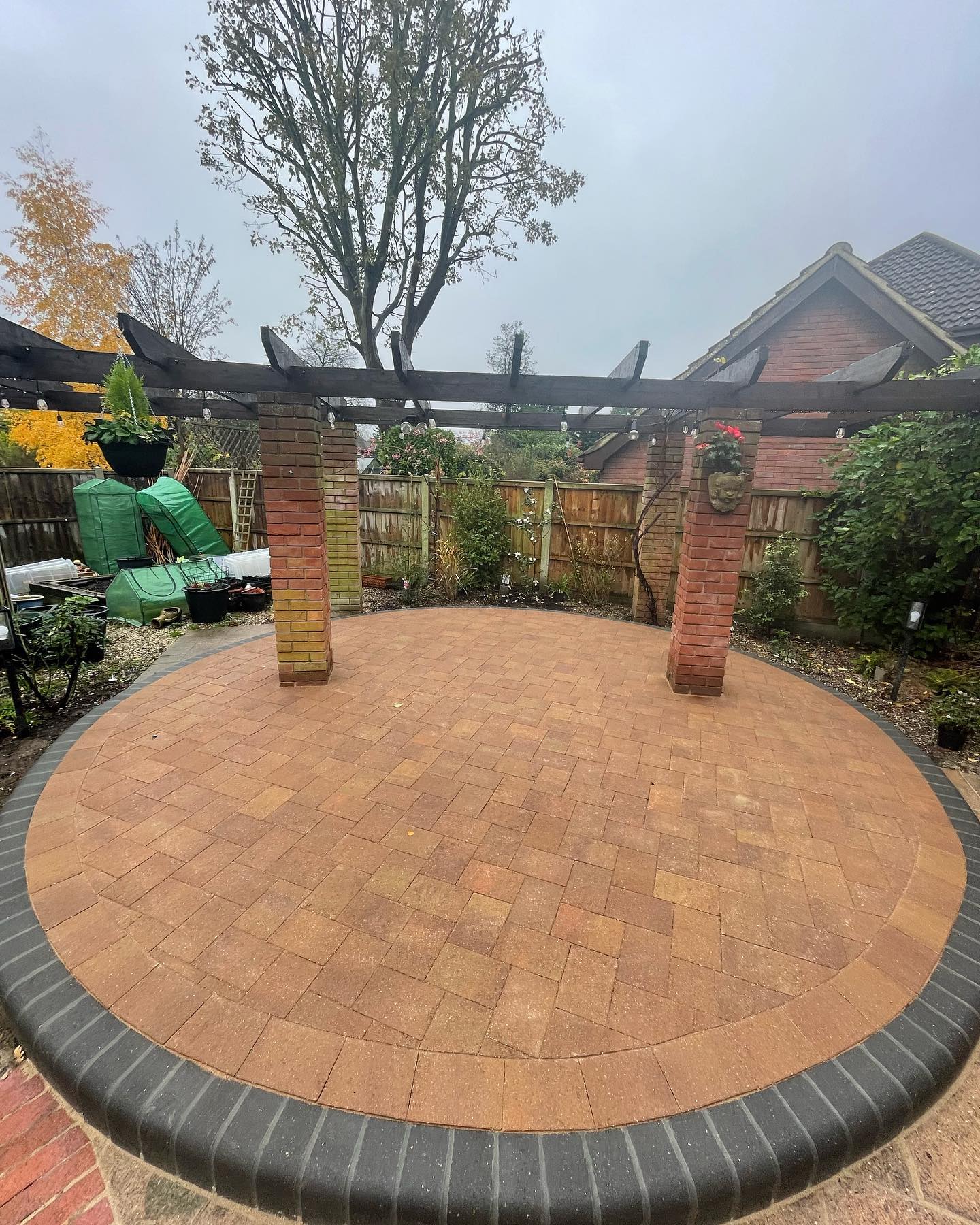
How to Build a Strong Foundation for a Raised Patio
07 Dec 2022
A raised patio is a better alternative to a wood deck. It’s character-filled and durable. A raised patio comes in the list of the landscape’s prominent features. So, it should be considered and built like other prominent features.
What’s important in the installation of prominent features in the landscape?
The foundation-building process of the landscape’s prominent features should be sound so that they can be used for the long term and enjoyed as well.
Similarly, if you are installing a raised patio, make sure its foundation is strong. If the foundation is built strong, you will achieve a beautiful and long-lasting outdoor living space. Just keep in mind that installing a raised patio in your landscape is not a temporary thing, so you should try to give it a permanent look with a strong foundation.
What should you do?
To properly build a strong foundation for a raised patio, you should consider the following 4 essential points.
Excavation
Excavation should be proper, no matter how difficult it is. At least 6 inches of base material below the patio should be allowed. If your region experiences more winter months or gets snowfall more than normal, you should extend the excavation below the frost line to prevent shifting during any freeze or thaw cycles.
Material Fill
If the material used for filling is not right, the foundation will not be strong. Many people use soil as fill for a raised patio but it’s one of the biggest mistakes that they make. No matter what, you cannot compact soil completely, resulting in uneven compaction and voids between the pavers and the naturally compacted soil. These voids can’t support the weight of the pavers or their movement, causing the pavers to crack, separate, or create a dangerously uneven surface.
Other materials that can be used as fillings are pea gravel, as well as limestone chips, and dust. Also, you should use a mix of sizes. It’s because small pieces and dust fill voids when the material is compacted, preventing larger stones from moving around and settling over time. This leads to an extremely dense fill.
Compaction
Another challenge in building a foundation for a raised patio is compacting the fill material. For proper compacting, the key is to add the right amount of moisture both before and during compaction. Moisture is important as it releases any air trapped between the stone chips and bonds chips and dust.
If the compaction is improper, it will eventually lead to settling, resulting in shifting and cracking of the paver surface.
Drainage
There should be adequate drainage off the raised patio surface. If the drainage is not proper and water builds up behind a nearby retaining wall, it can crack, buckle or even collapse. You can prevent this by using drain pipes and managing water flow around the patio.
Around the raised patio, a 1% slope is adequate for proper drainage. But, make sure there is easy egress for water at the low point. And if there is a seating wall around the perimeter of the patio, it should have drainage holes to prevent water pooling on the surface.
If these four factors are considered, your raised patio will be worry-free for many years. But, this can only be possible if you work with professionals.


